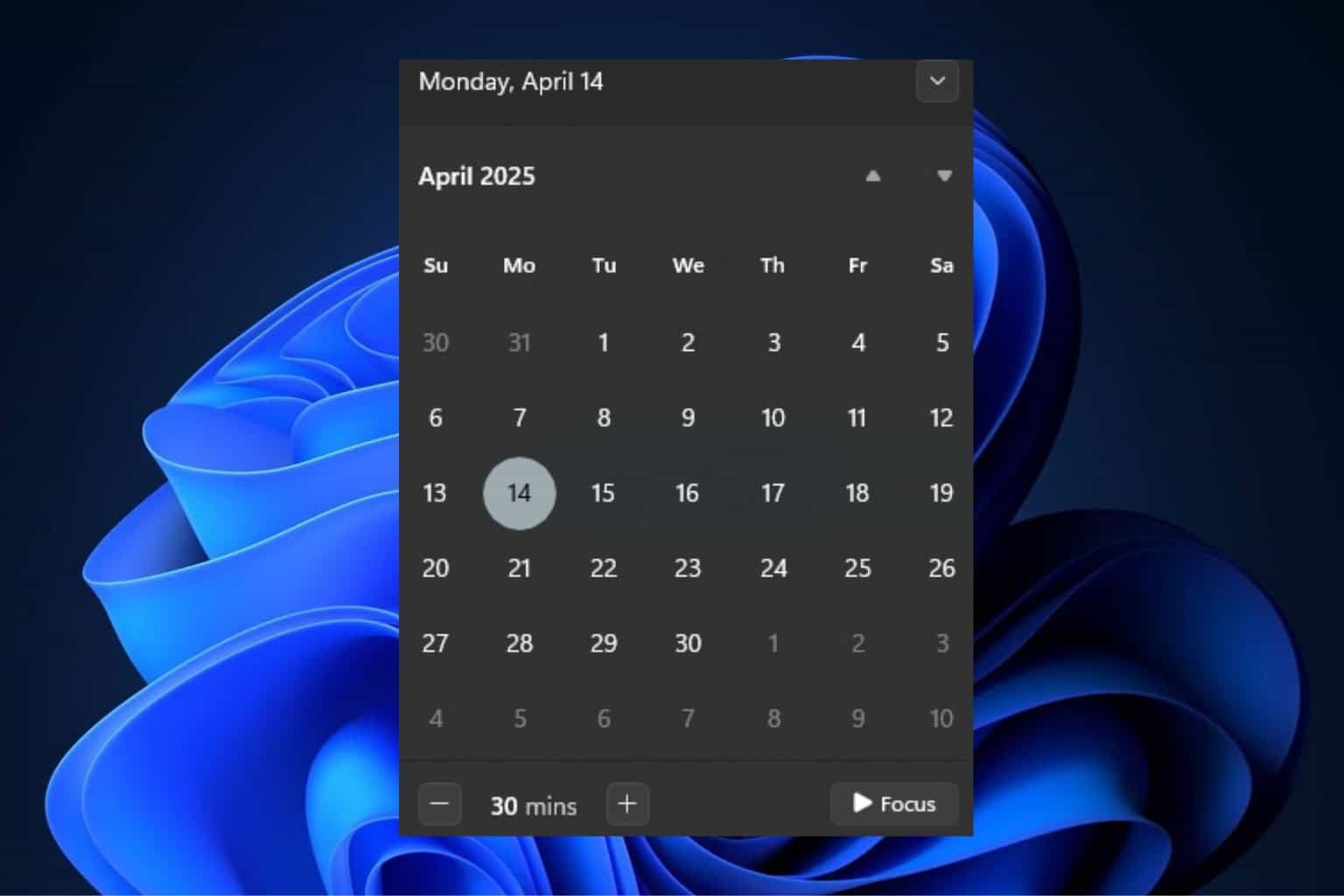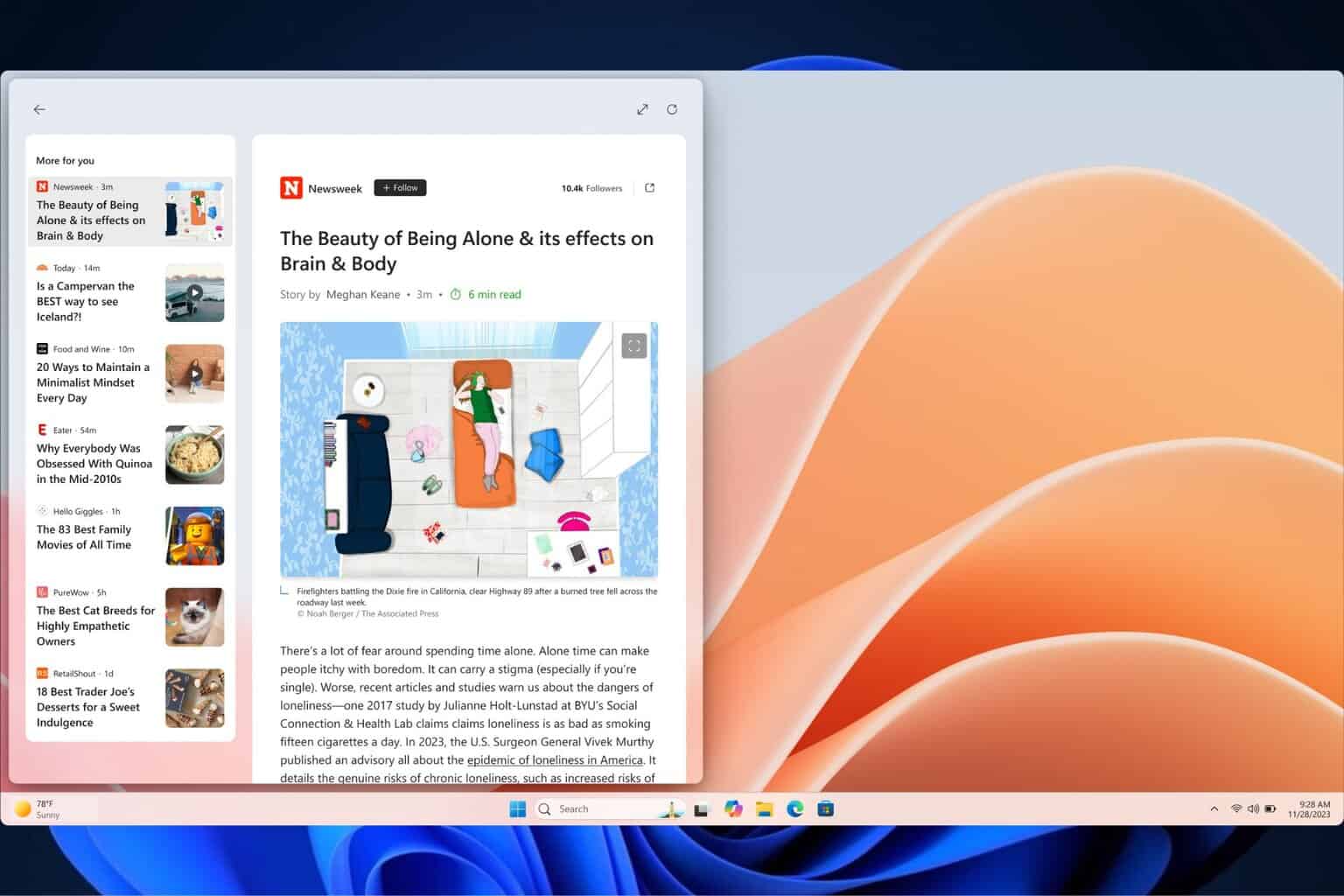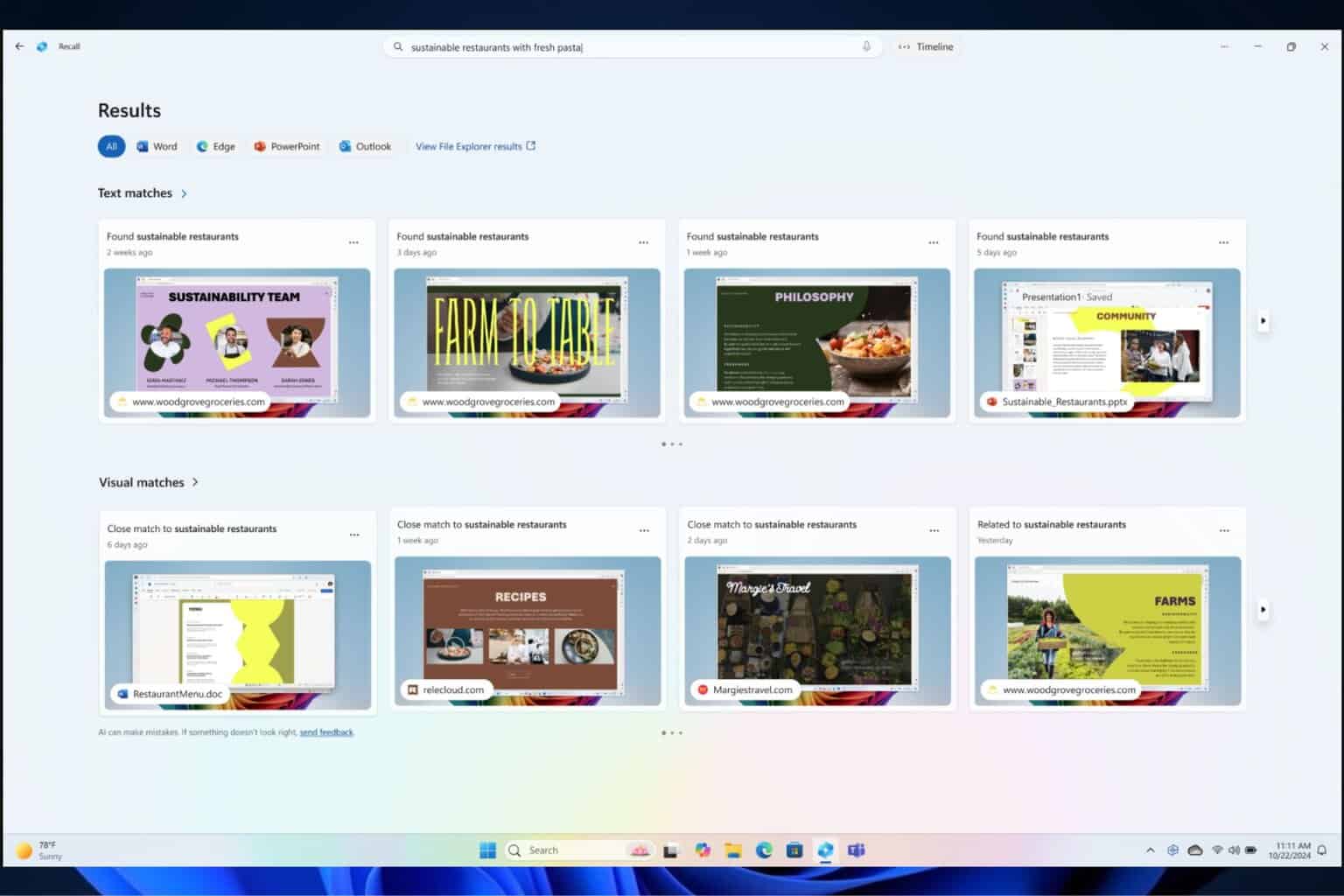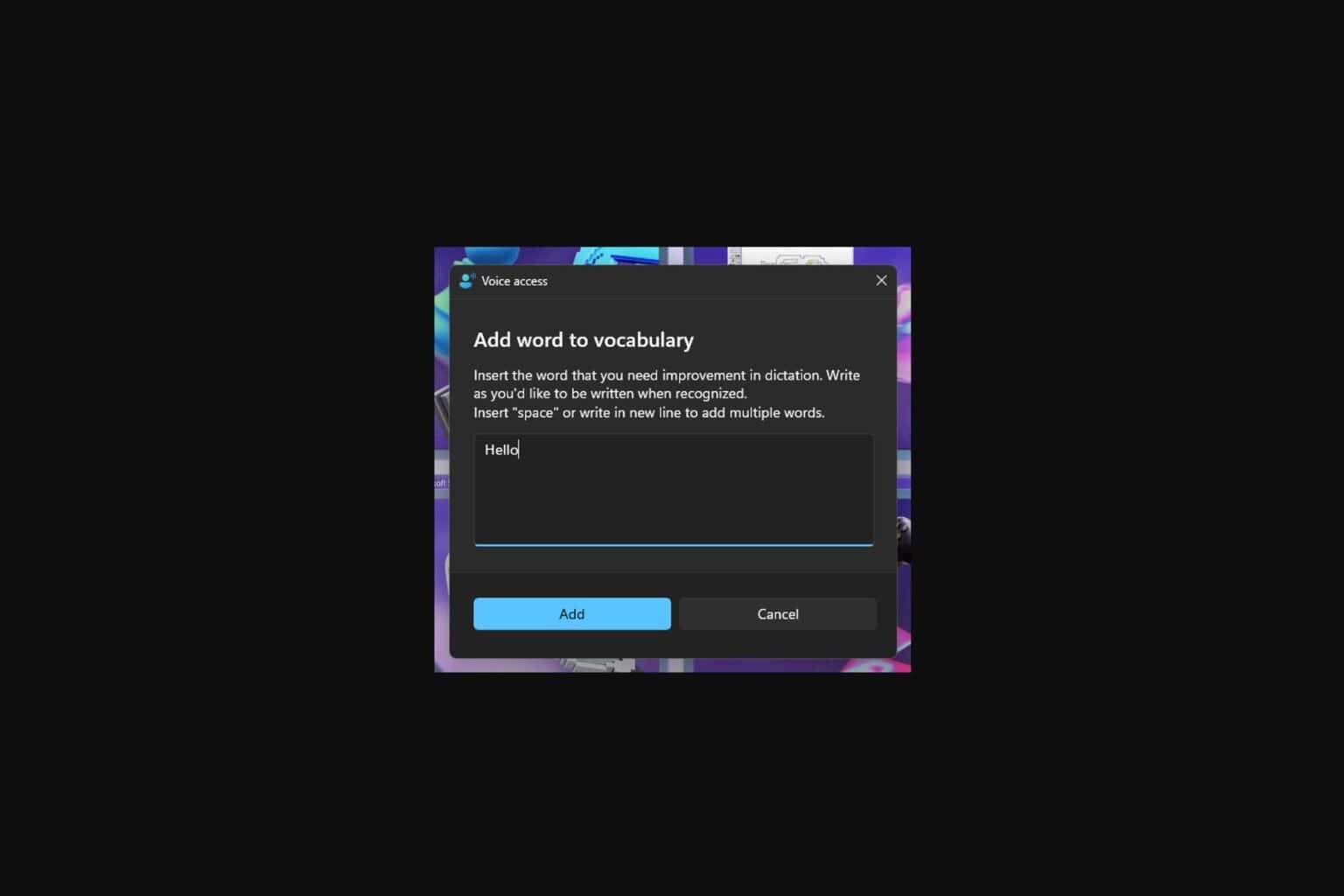What is Windows Input Experience & How to Fix Its High Memory Usage
It is an important service for Windows operating system
3 min. read
Published on
Read our disclosure page to find out how can you help Windows Report sustain the editorial team. Read more

Windows Input Experience is a process that handles user inputs from human interface devices like mice, physical or virtual keyboards, touchscreens, and more. However, if you experience instances of the process using high memory, it could affect your computer’s overall performance.
This occurs generally due to memory leaks, faulty updates, outdated or incompatible drivers, background services, corrupted system files, or software interference. In this article, we will discuss how to fix the high memory usage caused by the Windows input experience.
What is the function of Windows Input Experience?
- It runs in the background without any user interface and initiates with the system boot-up.
- Performs essential tasks, including managing hardware devices, running scheduled tasks, and providing several system functions.
- It helps the Windows operating system receive input, which tells the computer how you move the mouse and the keystrokes on your keyboard.
How do I fix the Windows Input Experience high memory usage?
1. Reboot the Input Experience Services
- Press Windows + R to open the Run window.
- Type services.msc and click OK to open the Services window.
- Locate TextInputManagementService, right-click it, and choose Restart from the context menu.
2. Uninstall Language packs
- Press Windows + I to open the Settings app.
- Go to Time and Language, then choose Language & region.
- Under Preferred languages, go to the language you want to delete, click the three-dot icon, and choose Remove from the context menu.
- Reboot your computer to let the changes take effect.
You can also disable it using Windows PowerShell; follow these steps to do so:
- Press the Windows key, type powershell, and click Run as administrator.
- Copy and paste the following command to get the list of installed language packs along with their language tags and hit Enter:
Get-WinUserLanguageList - To uninstall a language, type the following command and replace language_tag with the tag for the language you want to uninstall and press Enter:
Uninstall –Language <language_tag> - Restart your PC.
Facing a lag while using keyboard on Windows 11, you might need to update the keyboard drivers; check out this guide to learn more.
3. Remove unwanted input methods
- Press Windows + I to open the Settings app.
- Go to Accessibility, then select Keyboard.
- On the right pane, under the On-screen keyboard, access keys, and Print screen, locate the On-screen keyboard and ensure it is toggled off. You can also press Windows + Ctrl + O to disable it.
- Once done, press the back arrow next to Settings to navigate to Accessibility. Now, look for the Narrator option.
- On the following page, ensure the Narrator option is toggled off.
However, if you are unable to use your keyboard on Windows 11, follow the above steps to enable the on-screen keyboard. For further solutions to the issue, read this guide.
Remember, it is an essential service and can be found under Computer\HKEY_CURRENT_USER\Software\Microsoft\input; however, as it is one of the core parts of Windows, you can’t disable it even from the Registry Editor.
In case you are unable to type in Windows Search bar, it could be related to corrupted Windows updates or a damaged user profile; to learn more, check out this detailed guide.
If you have any questions or suggestions about the topic, feel free to mention them in the comments section below. We will be happy to help!

















User forum
0 messages